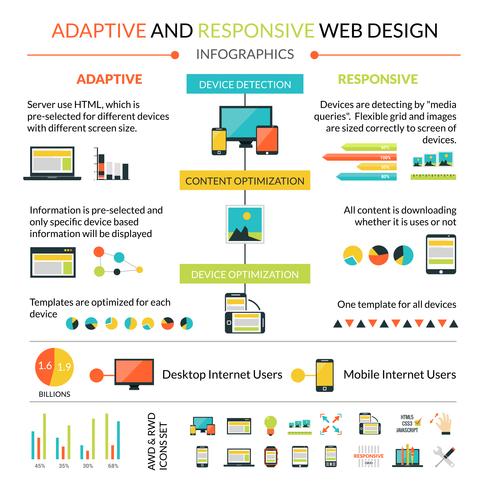Fascinated In Finding Out Exactly How Website Style Has Changed For Many Years? Explore The Trip
Fascinated In Finding Out Exactly How Website Style Has Changed For Many Years? Explore The Trip
Blog Article
Writer-Thorsen Trolle
In the past, web sites were simple and concentrated on info. Navigation was straight, and design was for desktop computers. Currently, customer experience is key. Data overviews layouts for very easy navigation. https://modernrestaurantmanagement.com/seo-tips-to-help-restaurants-vault-into-the-google-six-pack/ fit various gadgets. Today, dark mode lowers stress, and minimalist food selections boost navigation. Interactive functions engage customers, and vibrant visuals attract attention. AI assimilation enhances engagement. See just how style has evolved to enhance your on the internet journey.
Very Early Days of Website Design
In the early days of website design, simplicity reigned supreme. Internet sites were fundamental, with minimal shades, fonts, and formats. The emphasis was on providing details as opposed to showy visuals. Customers accessed the internet via slow dial-up connections, so rate and functionality were essential.
Navigating menus were straightforward, normally situated at the top or side of the web page. Internet sites were made for desktop, as mobile surfing wasn't yet widespread. Material was king, and designers focused on simple readability over complicated design elements.
HTML was the main coding language utilized, and developers had to function within its restrictions. Animations and interactive attributes were marginal contrasted to today's criteria. Sites were static, with little dynamic web content or personalized customer experiences.
Increase of User-Focused Layout
With the advancement of web site layout, a shift towards user-focused design concepts has actually become progressively popular. Today, creating websites that prioritize individual experience is crucial for engaging visitors and attaining company objectives. User-focused style entails recognizing the demands, choices, and habits of your target market to customize the website's format, material, and features appropriately.
Designers now perform comprehensive study, such as user surveys and use testing, to gather understandings and comments straight from individuals. This data-driven approach aids in producing user-friendly navigation, clear calls-to-action, and visually attractive user interfaces that reverberate with visitors. By putting the user at the facility of the style procedure, sites can supply a much more individualized and delightful experience.
Receptive layout has likewise emerged as a vital aspect of user-focused layout, making sure that sites are maximized for numerous gadgets and screen sizes. This adaptability enhances access and use, satisfying the varied ways customers communicate with internet sites today. Fundamentally, the surge of user-focused design signifies a change in the direction of developing digital experiences that prioritize the needs and assumptions of the end user.
Modern Trends in Website Design
Check out the current patterns shaping web design today. One popular trend is dark mode style, supplying a streamlined and modern-day look while reducing eye strain in low-light environments. An additional vital fad is minimalist navigation, streamlining food selections and boosting individual experience by concentrating on essential elements. Including micro-interactions, such as computer animated switches or scrolling effects, can produce a much more appealing and interactive web site. Receptive style continues to be vital, guaranteeing seamless user experiences throughout different devices. In addition, making use of vibrant typography and asymmetrical layouts can add aesthetic passion and draw attention to particular content.
Integrating AI innovation, like chatbots for customer support or tailored suggestions, improves individual involvement and enhances processes. Accessibility has also come to be a substantial pattern, with designers prioritizing comprehensive design methods to satisfy diverse customer demands. Welcoming sustainability by maximizing site performance for rate and effectiveness is another arising fad in website design. Working together with individual comments and data analytics to repeat and improve layout continuously is essential for staying appropriate in the ever-evolving digital landscape. By accepting these modern-day trends, you can produce a visually attractive, easy to use web site that reverberates with your target market.
Final thought
As you reflect on the development of website layout from the very early days to currently, you can see exactly how user-focused style has actually become the driving force behind modern fads.
Accept the journey of modification and adaptation in web design, constantly keeping the user experience at the forefront.
Stay current with the latest trends and innovations, and never ever quit progressing your strategy to produce aesthetically stunning and straightforward internet sites.
Develop, adapt, and produce - the future of web design is in your hands.
